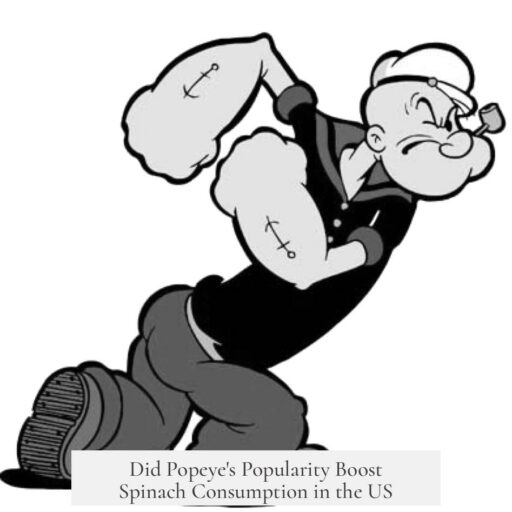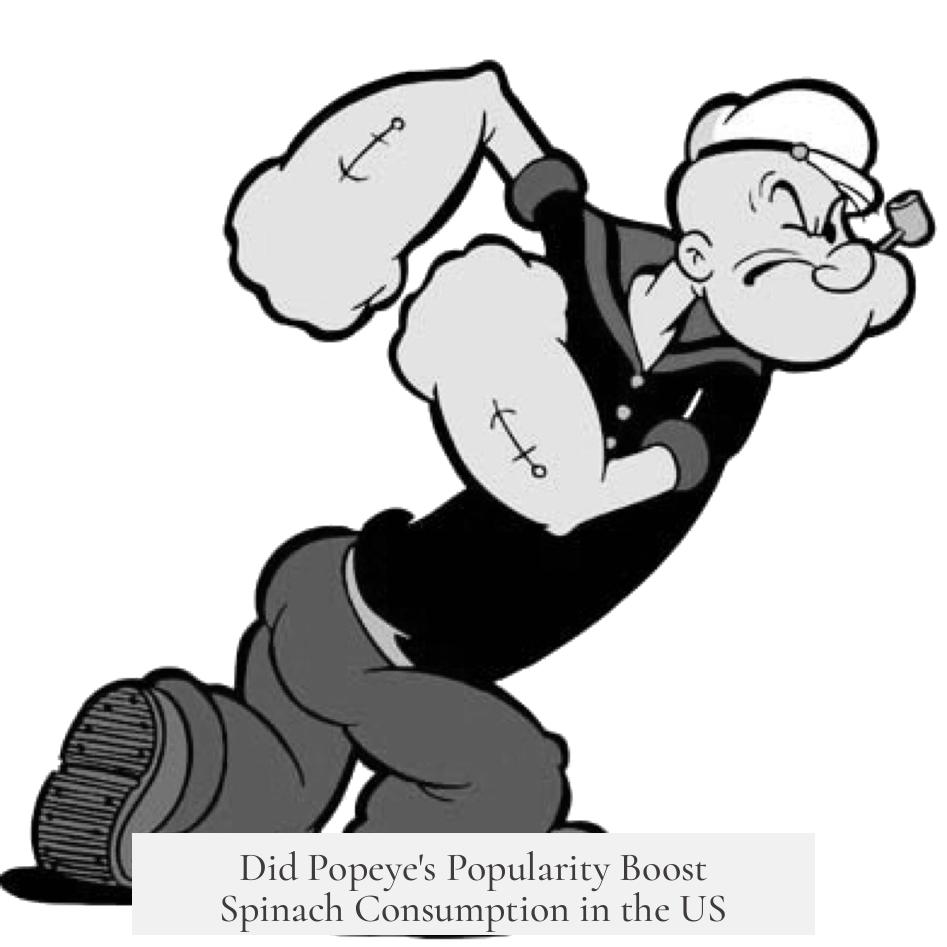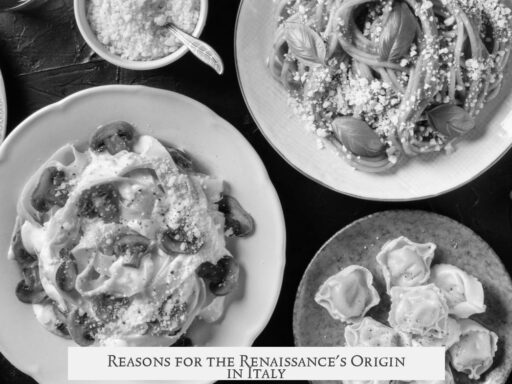The general consumption of spinach in the United States increased substantially before Popeye became popular, with much of the growth occurring in the 1920s due to public health campaigns addressing child malnutrition. Popeye’s popularization of spinach eating starting in the early 1930s mostly reinforced existing messages rather than causing a major new surge in spinach consumption.
Spinach consumption growth precedes Popeye’s first appearance in 1929 and his on-screen spinach eating in 1931. The 1920s were marked by heightened concern over child malnutrition, prompting educators and public health advocates to promote nutritious foods like spinach. These efforts were part of broader nutritional education about vitamins and the importance of healthy diets for children.
Data from this era illustrates the reality. In 1915, spinach production for wholesale trade was negligible. By 1928, spinach acreage dramatically expanded to nearly 48,530 acres. A study conducted between 1923 and 1928 in Fargo showed a ten-fold increase in spinach consumption linked directly to public health education delivered through schools. This empirical evidence points to factors independent from Popeye driving early adoption of spinach.
| Year | Spinach Acreage | Production Value (million $) |
|---|---|---|
| 1919 | 10,027 acres | 1.715 |
| 1929 | 58,110 acres | 7.392 |
| 1939 | 69,255 acres | 5.416 |
Spinach acreage and production grew massively during the 1920s, culminating around the time Popeye debuted. However, this growth plateaued in the 1930s. Popeye’s impact coincided more with a leveling off than a spike in production or consumption. This suggests Popeye’s role was not to initiate but to reinforce an existing interest in spinach.
Further USDA data offers insight into consumption patterns during Popeye’s active period. A 1936 USDA consumption study, covering parts of North and West America, reported an average family consumed about 0.25 pounds of spinach weekly. This was less than consumption of other vegetables like lettuce and carrots. By 1948, average weekly family spinach consumption rose slightly to 0.29 pounds, but other vegetables saw proportionally larger increases. This scale of consumption does not suggest a dramatic Popeye-driven surge.
Despite Popeye’s widespread presence through cartoons from the early 1930s to the 1960s, spinach consumption generally declined from 1940 onwards. This decline indicates that Popeye’s “spinach promotion” struggled against prevailing consumer preferences. The vegetable’s somewhat bitter taste and poor preparation methods likely limited its popularity, regardless of cultural influence.
Long-term data further contextualizes spinach’s consumption trend. The USDA Economic Research Service reported per capita spinach use dropping from approximately 3.75 pounds in 1940 to 1.5 pounds by 1983. This downward trajectory across decades reinforces that Popeye’s role did not maintain or elevate spinach consumption over the long term. More recent trends show moderate recovery and growth in spinach use, but these occur independently of Popeye’s era.
“Popeye did not influence the growth in spinach consumption in 1928. Spinach consumption was already being promoted heavily by public health organisations, and Popeye eating spinach was merely an extension of this.”
Because no detailed USDA data exists from the 1920s or early 1930s, it is impossible to definitively attribute increases or decreases in national spinach consumption directly to Popeye’s introduction. Available studies confirm that public health campaigns played a primary role in boosting spinach consumption during that time.
Regional and demographic consumption patterns show more nuanced trends in later years but do not relate specifically to Popeye’s influence. Per capita spinach consumption is highest in the Northeast and Western U.S., and consumption rates vary by age, ethnicity, and gender. These patterns reflect broader social and cultural factors beyond the scope of Popeye’s cartoon.
- Spinach production and consumption rose sharply in the 1920s due to public health initiatives targeting child malnutrition.
- Popeye began eating spinach in cartoons only after 1931, after significant growth in spinach popularity had already occurred.
- USDA studies in 1936 and 1948 show modest spinach consumption levels relative to other vegetables, with no spike matching Popeye’s rise.
- Spinach consumption declined from 1940 through the mid-20th century despite Popeye’s cultural presence.
- The influence of Popeye on spinach consumption was limited and largely reinforced existing public health messaging.
Did spinach consumption in the US increase because of Popeye’s popularity?
No. Spinach consumption rose mainly in the 1920s, before Popeye appeared eating spinach in 1931. Public health campaigns, not Popeye, drove early growth in spinach use.
How did spinach consumption trends change after Popeye started eating spinach on screen?
Between 1940 and 1960, spinach consumption actually declined, despite Popeye cartoons promoting it. Cultural taste and how spinach was prepared limited its popularity.
Was there a rise in spinach production before Popeye’s introduction?
Yes. Spinach acreage and production saw a massive increase from 1919 to 1929, predating Popeye’s debut. This growth reflected public health efforts rather than cartoon influence.
Did USDA studies show Popeye’s effect on spinach popularity compared to other vegetables?
USDA data from the 1930s-1940s shows spinach consumption rose slightly but lagged behind vegetables like lettuce and carrots. Popeye’s influence did not boost spinach above other greens.
What was the role of public health campaigns in spinach consumption during Popeye’s era?
Public health campaigns stressed nutrition and combating child malnutrition, leading to increased spinach consumption in the 1920s and 1930s. Popeye’s eating spinach was an extension of this message.


